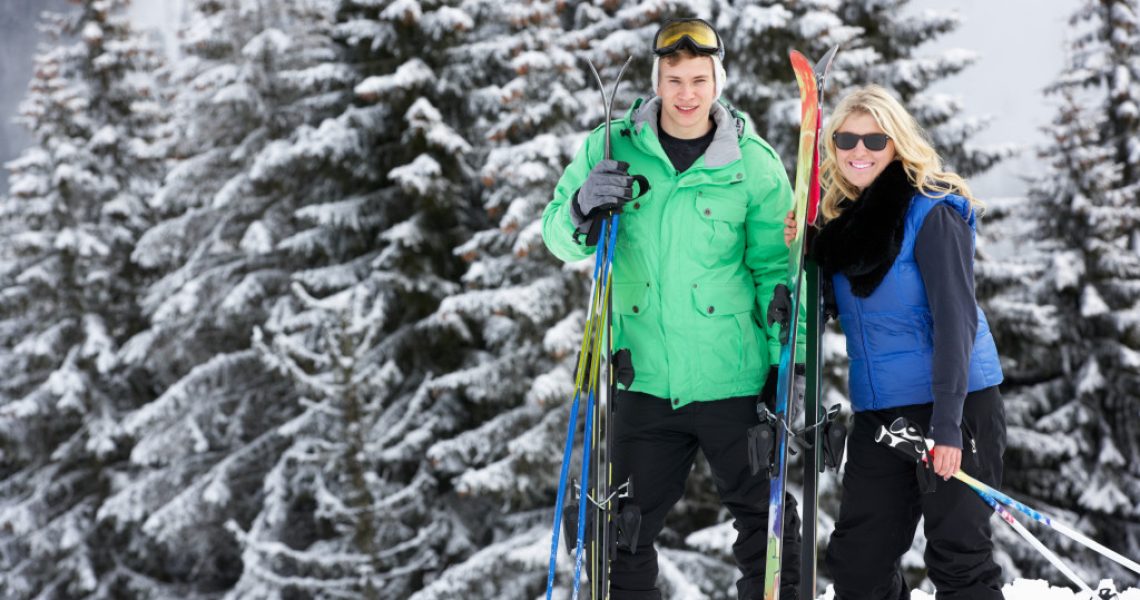Are you planning to go on a skiing trip? You’ll need the right equipment before going. The jacket you wear will keep you warm, comfortable and agile as you go down the slopes of your favorite park. However, not all jackets are the same; some have better features than others.
This buying guide allows you to identify the kind of jacket for your ski trip.
Insulation or Shell Jacket?
Padded jackets provide the highest warmth compared to its insulated counterpart. However, what it gains in heating it loses in versatility. It is bulkier and heavier, which make maneuvering a bit more difficult. A down insulated jacket is slimmer and lighter but loses its warmth when it gets wet. Synthetic insulated jackets are bulkier but still provides warmth even when wet. Some brands combine both natural and synthetic materials when they make jackets. They use synthetic materials for parts that get wet and use natural ones for areas that need the most warmth during a ski trip.
Waterproof Ability
You are likely to get wet while skiing because of snow that melts. When you are browsing a ski jacket for sale, check its level of waterproofing. 10,000mm is the average and good value. If you find one that is 20,000mm or higher, it means it provides the best waterproofing.
The Breathability of the Jacket
Breathability is another feature to look out for because it allows heat and moisture to escape while you’re on the slope. A jacket that is 5,000g or below has low breathability, while one that is at 20,000g or higher has excellent breathability. The level of breathability is important depending on if you are hiking or going on a high-energy ride during your trip.
The Fit of the Jacket

The fit matters because it will affect your maneuvering ability while on the slope. However, it will depend on your activities. A slim-fitting jacket is ideal for those who will cruise smooth surfaces during their trip. A baggy fit is for skiers who will do some hiking and freestyle skiing. The fit also varies whether you plan to ski or snowboard.
Venting Features
Jackets come with vents located in the underarms to let hot air escape and cool air go in. Some use mesh lining or two-way zip to make them easy to open. You can also find products that add vents on the sleeves for circulation. Front vents are ideal for those who bring a backpack while skiing. Identify which type suits you and is within your budget.
Moisture Wicking
Snow jackets use moisture-dispersing materials that are also quick to dry. This removes sweat quickly and allows wearers to stay dry when it gets too warm.
Weight
Jackets weigh differently because of the layers they have. The more layers, the thicker and heavier a jacket is. More layers provide better protection from abrasion but make it more difficult to move. You can also find a product that uses abrasion-resistant material on certain parts.
These are some of the features to look for when choosing a jacket for skiing. Keep these in mind to determine if a particular product is ideal for the activities you’ll do on the slope.

